6. Be an Obsessive Dictator
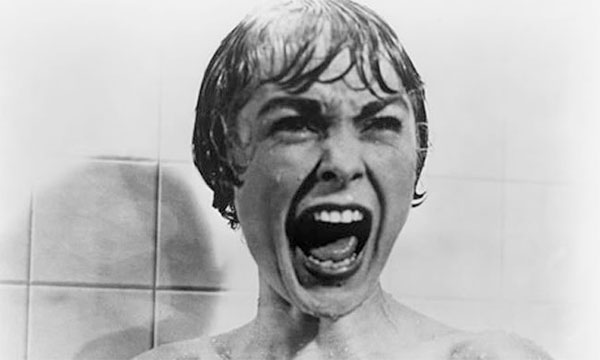
Creating great art, more often than not, becomes an exercise in risk assessment. How much are you willing to risk in order to create your masterpiece? To put it another way: Are you willing to be an asshole to everyone in order to accomplish what needs accomplishing?
Alfred Hitchcock wasn’t exactly an asshole, but he certainly made damn sure that everyone on his set knew who was in charge—that is, himself. Notorious for his “closed sets,” Hitch would only allow the requisite actors and crew called on a particular day or a specific scene access to the film set; not even producers or studio executives were allowed while he was shooting a scene.
Nowhere was this more evident than in the principal photography for the shower scene in “Psycho,” which was shot with only Hitchcock, Janet Leigh, and the camera-man, present. It has been speculated that Hitchcock did this in order to make Janet Leigh more comfortable, but it is also indicative of Hitchcock’s need for extreme control of nearly every aspect of production.
Are you willing to control the nature of your creation in this way? Are you willing to lord it over everyone and risk acquiring the reputation of being “difficult” in order to put your vision on screen? If you are, you may have what it takes to be a Cinematic Genius.
7. Make Pronouncements
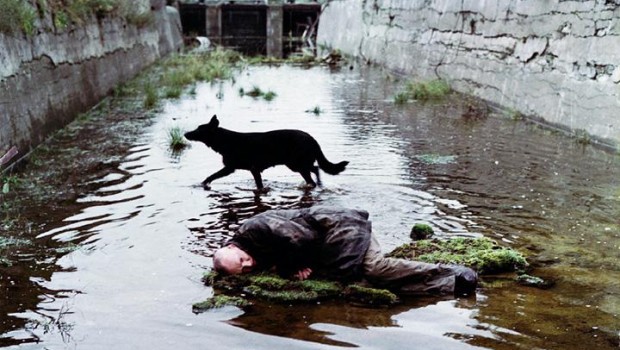
Endorsing or maintaining an artistic credo or philosophy has been a part of the cinematic undertaking since its earliest days. Indeed, purporting a philosophy of cinema led to advancement in film form, such as Sergei Eisentein’s theory of montage.
Eisenstein believed so strongly in his theory of montage—essentially an editing technique that weaves several sequences together, often wordlessly, in order to create a cohesive whole,—-he is often said to have quipped that “editing is everything.”
Such a pronouncement is debatable, but Eisenstein himself took it as gospel, turning the montage technique into something close to a mystical endeavor. For Eisenstein, the “Odessa steps” sequence in “Battleship Potempkin,” the “battle on the ice” in “Alexander Nevsky,” the actualization of the masses near the end of “October,” were ways of training, even indoctrinating a viewer’s mind in re-conceiving the world through the visual medium.
In a very real way, directors as disparate as Alfred Hitchcock and Wes Anderson have used montage to inform their work.
Andrei Tarkovsky, a Russian filmmaker of a later generation, inherited Eisenstein’s idealism for montage, making it even more complex and personal. In films like “Andre Rublev,” “Solaris,” and “Stalker,” Tarkovsky tweaks the idea of montage, making it, by turns, a religious exercise and an excursion into the speculative and paranormal.
The 13th century monk, Rublev, suffers in order to create his art, to the point where the artist himself disappears, and we are left, in a longish closing sequence at the end of the film, with the art itself.
In “Stalker,” montage technique becomes even more abstract, as an ominous, Orwellian landscape—replete with repeated images of water—helps to inform the inner journey of the characters in the film.
“Stalker” is fascinating, difficult viewing for any aspiring film genius, especially when one considers that it was Tarkovsky’s last completed film, before his death in 1986, a time in which Tarkovsky despaired of being misunderstood and underappreciated.
8. Know Your Predecessors
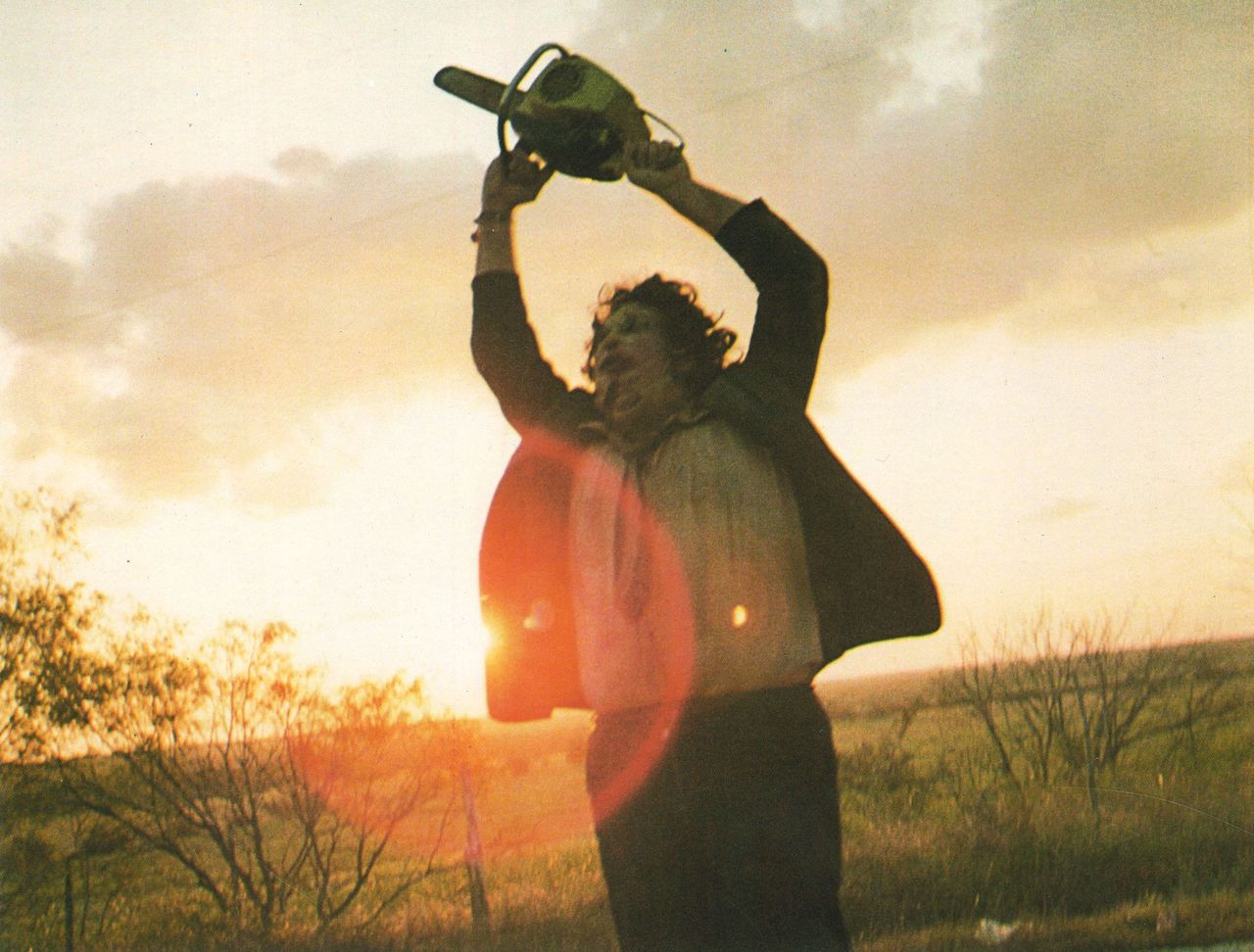
The anxiety of influence is strong in cinema. Directors who know their craft—and even the studio hacks who don’t,—can prater on ceaselessly about the history of cinema in general, as well as the cinematic luminaries who have influenced them.
If you’re a filmmaker new to the game, fresh out film school with a head full of cinema, you’re in for a severe gut-check when you realize that everything has already been done, and all that is left is influence and imitation.
That’s okay, though. If one looks at the films produced by the French New Wave in the late 1950’s and early 1960’s, one realizes that even this lionized group of filmmakers was imitating filmmakers they loved from a previous generation.
What is Francois Truffaut’s “Jules and Jim” but a slicker, hipper, re-working of Ernst Lubistch’s elegant romantic comedies from the 30’s and 40’s? Aren’t Goddard’s “Breathless” and “Alphaville” essentially honorifics of the Hollywood gangster films with which Goddard was so besotted?
A filmmaker like Alain Resnais took his degree of influence even further by incorporating interior monologues—in a film like “Hiroshima, Mon Amour—while also introducing flourishes of looping and broken narrative time—in a film like “Last Year at Marienbad”—where the film’s surreal elements hearken back to the work of Luis Bunuel.
A filmmaker like Martin Scorsese, himself a seemingly endless well of film knowledge, has been vocal about his love of the anti-hero in cinema. Scorsese has often pointed to his fascination for the characters of Ethan Edwards in “The Searchers” and John Garfield’s doomed gambler in “Force of Evil,” as templates for his own Travis Bickel in “Taxi Driver,” and Jake La Motta” in “Raging Bull.”
Scorsese, possibly more than anybody else currently working in cinema, understands what it means to be super-conscious of his chosen art form, understanding full well how it can be used to his own advantage.
If you’re someone like Rob Zombie, you understand how honoring cinematic history can actually become a sort of style. Anyone who has watched a Rob Zombie film can see how conscious imitation of a cinematic genre (or, more rightly, a specific cinematic period) serves as the chief reason for Zombie’s films to exist as they do.
“The Devil’s Rejects,” Zombie’s best film, offers itself to us as an homage to grindhouse cinema of the mid-to-late 70’s, with films like “Last House on the Left” and “Texas Chainsaw Massacre” informing the look and feel of “Rejects.” As a director, Zombie is a heavy-70’s kind of guy, willing as he is to roll around in the grit and grime of a subgenre—-an artistic wistfulness that serves him well.
The actor and comedian John Cleese, asked once about the advice he would give to young, aspiring comedians replied, simply, “Steal. Steal the good bits.” And that’s what you should do if you ever find yourself in a spiral of artistic despair. Don’t be afraid to imitate. If everything’s already been done, don’t be afraid to raid the treasure trove cinema has to offer.
9. Leave an Unfinished Masterpiece
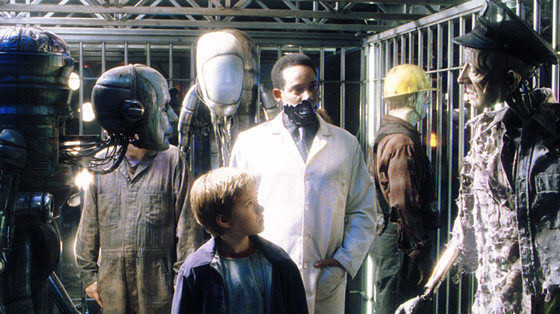
Nothing, but nothing, signals the emergence of a singular artistic talent than the presence (or, non-presence) of an unfinished masterpiece.
It means that your cinema-brain is rampant with ideas; it wrestles with its chosen art form—wrestles with it, that is, until your screenwriter throws up his or her hands, your cameraman curses your name, and your studio refuses to give you any more money. Time to cut your losses and learn from the missteps of those who have come before you:
Orson Welles’s film career, after the release of “The Magnificent Ambersons” can be considered a cautionary tale for young filmmakers everywhere.
After “Citizen Kane” was released in 1941, Welles, thinking he could throw his weight around in Hollywood, insisted on the artistic integrity of “Ambersons” (his follow-up to “Citizen Kane”) to such a degree, that he lost the privilege of final cut on his film, with the studio taking it out of his hands and editing it as they saw fit.
After navigating through the cloud of artistic hubris that “Magnificent Ambersons” became, Welles still produced films that were aesthetically and intellectually challenging—adaptations of “Macbeth” and “Othello,” “Touch of Evil,” “Mr. Arkadin,” and “Chimes at Midnight,” a film considered by some critics to be his masterpiece.
Welles paid a price in creating the post-“Amberson” work that he did, however, having to work further and further outside of the studio system in order to achieve his goals.
Some of those goals, of course, included aborted attempts at lofty projects; projects that certainly would have needed the support of a major studio.
Adaptations of “Heart of Darkness” and “Don Quixote” degenerated into nothing more than fascinating gossip tossed around at Hollywood parties, as Welles himself sequestered himself away in Mexico and central Europe, shooting bits and pieces of “Touch of Evil” and “Mr. Arkadin,” whenever he could find the money and the time….
Welles’s frustrated creative process is on display, posthumously, in a fascinating documentary from 1995, produced in Germany, entitled, “Orson Welles: One Man Band.” In it, Oja Kodor, Welles’s paramour from the last couple decades of his life, gives viewers an eerie, bittersweet tour of a man defeated by his own ego.
In a scene that should bring tears to the eyes of any cinephile, Kodor gives us a tour of Welles’s abandoned projects; canister upon canister of film stock, some marked “The Other Side of the Wind,” some marked “Quixote,” some marked, simply, “Heart,” evidence of Welles’s extreme ambition, if not of his uncompromising nature. An eerie, melancholy piece of work, the documentary leaves one wondering, “What if…”
The question of “What if…” can lead to late-night discussions of cinematic counterfactuals and alternative histories of cinema.
What If Daren Aronofsky had directed the Christopher Nolan “Batman” films, as had originally been envisioned? What If Tim Burton’s version of “Superman” had actually been green-lit? Will Francis Ford Coppola ever stop making wine long enough to produce the film based on Edgar Allan Poe’s stories he’s been wanting to make for years?
If Steven Spielberg had the artistic nuts to “finish” Kubrick’s “A.I.,” why couldn’t the same thing happen with Kubrick’s idea for “Napoleon”? Probably not, right? What is definitely true, is that an unfinished masterpiece, while a great talking point, can lead to artistic stasis and isolation.
10. Keep Them Waiting
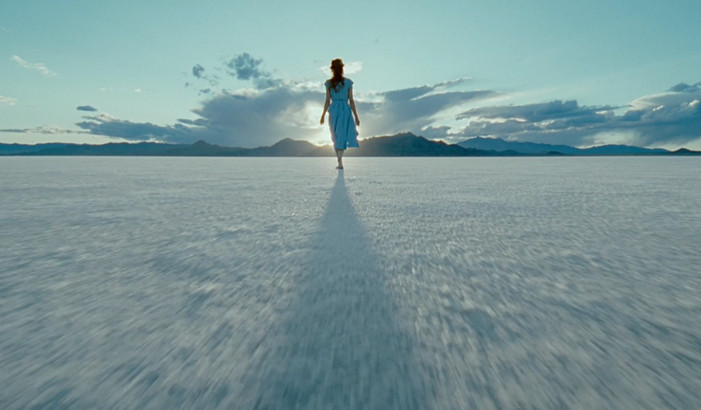
Creating art, on any level, in any medium, takes time. Not only does it take time, it takes dedication, trust, and some amount of talent. If you have these elements at your disposal, you may be able to throw something together that resembles decent art.
As a cinematic genius, you’ll want to be meticulous with your creation: re-cast your actors; fiddle around with your screenplay; hover like Mephistopheles over your crew; don’t be shy about racking up those principal-shooting days; after all, your studio and your distributor can damn well wait until your film is damn well ready for public scrutiny.
Other directors have waited years, even decades, to bless the movie-going public with another offering of their cinematic genius—why shouldn’t you do the same thing?
As a case in point, wunderkind director Terence Malick released his second film, “Days of Heaven,” in 1978, garnering Oscar nominations for directing and cinematography.
A cinematic marvel shot entirely in natural light, with Malick and his crew waiting hours on end in order to shoot scenes at the precise time of day required for the lighting effects Malick wanted to achieve, much was expected of Malick after he produced the film. So he threw the industry a curve ball, and disappeared, until 1998. Why? Good question.
It could be that Malick is so ambitious a filmmaker, with his attempts at using stream-of-consciousness narrative as a cinematic device, his insistence on creating untouched, edenic settings in his films, that not even he can live up to his own ambitions.
It could be that he burned himself out after making “Days of Heaven,” decided he couldn’t possibly match such an achievement, and simply needed an artistic breather.
Whatever the reason, Malick has released 3 more films since 1998, working at a far more acceptable (but still excoriatingly slow clip for Hollywood in general, and for those of us who love his films) five-yearish clip, his films always being anticipated, even if they will never reach the heights of “Days of Heaven” or “Badlands.”
Sometimes, time itself can become an artistic device, especially if you’re Michael Apted, director of the “Up Series” of documentaries. First produced in 1964, this series of films begins by documenting the lives of several British schoolchildren, subsequently returning to each one of them every seven years, marking their progress as human beings.
Few film experiences are as compelling as the “Up” films, as we bear witness to the lives of the children Apted grew to know over the intervening decades.
As the children transition through their teenage years and into adulthood, the film bears witness to the ups and downs and monotonies of life: ambitions are achieved and scuttled; marriages are entered into and dissolved; addictions are acquired and harbored, proving that real life is far more interesting than anything cinema can provide.
The series itself, by the way, currently tops out at “56 Up,” with Apted himself having passed away, as well some of the subjects he first documented in 1964.
Are you ready, then, to become the next cinematic genius? You are?! How ambitious of you! It may be best for you, then, to latch onto a like-minded group of friends, provide yourself with a cushion of start-up cash, bang out a script, cast the roles that need casting, rent a couple cameras from the local university, and get to work. Oh, look, it’s the studio texting you, they say you have 8 weeks. No problem. You are, after all, a Cinematic Genius.